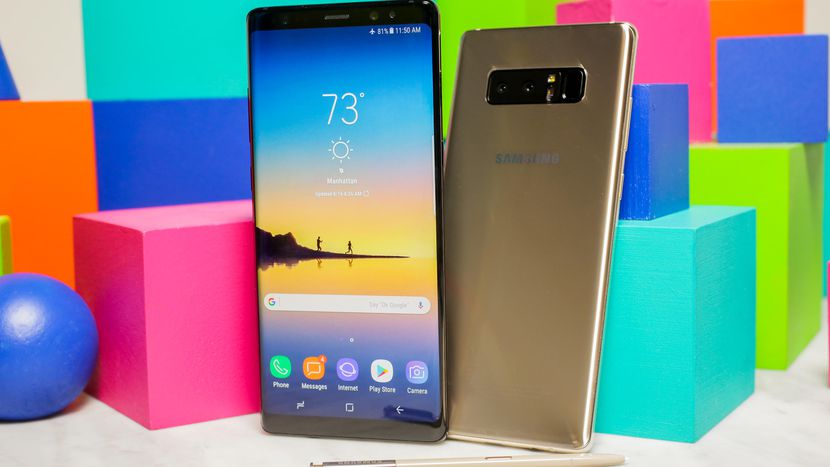Please add evolution-x.org to your ad blocking whitelist or disable your adblocking software. We need money to operate the project, and almost all of it come from ads. We’ve detected that you are using AdBlock Plus or some other adblocking software which is preventing the page from fully loading. To go the whole way, you need to unroot your phone as well. Want to remove a custom ROM and get your Android phone back to its original state? The Samsung Galaxy S10 comes with One UI 1.1, adding Digital Wellbeing and Bixby routines.
- This is normally where enthusiasts install TWRP and begin modding their device.
- SP Flash Tool always allows you to flash your custom recovery by adding the scatter file that name must be recovered.img file, you may flash it easily.
- these steps shouldn’t require a PhD in software development either.
- By using flashing stock firmware you can fix these problems, also any case.
- Once Xiaomi Mi Flash Tool is launched you will be able to see this screen.
Fastboot Mode is separate from the operating system and offers many useful options such as install Stock ROM, install Custom ROM, TWRP etc. The TWRP custom recovery is undoubtedly one of the best options for the Android community to install any kind of stock firmware file third-party software on their devices.
At an event in China, the company has now launched the next generation in the Redmi Note lineup — meet the Redmi Note 8 and the Redmi Note 8 Pro, launched alongside the RedmiBook 14 laptop and Redmi TV. The team behind the popular LineageOS custom ROM has added LineageOS 17.1 support for the OnePlus 7T Pro, Redmi Note 8/8T, and Xperia Z3 series. Xiaomi kicked off its Android 11 update rollout with the Mi 10, Mi 10 Pro, and the Redmi K30 Pro in September last year. The company has since rolled out MIUI 12-flavored Android 11 for a couple of devices, including the Mi 10 Lite, Mi Note 10 Lite, Redmi Note 9 Pro/Redmi Note 9S, and more. Continuing the update flow, the Chinese OEM is now rolling out Android 11 via MIUI 12’s stable channel for the Mi 10T Lite, Mi Note 10, and the Redmi Note 8 in select regions. Remember that running the stock firmware for your phone is not the same as running stock Android itself—it still includes the skin, apps, and other tweaks your phone’s manufacturer has added.

The Redmi Note 8 Pro nails it in almost all key departments such as the battery, design, camera, and pricing, making trade-offs in relatively very few areas. This is even more true in case of the Mi 9T Pro as it is an excellent flagship offering.

